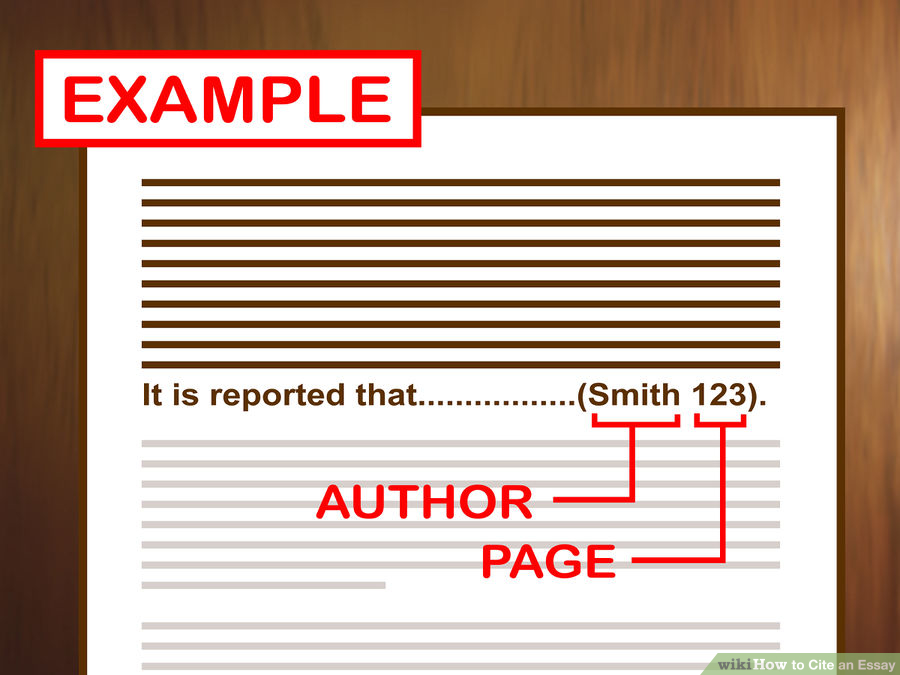104 MLA In-Text Citations
Because the use of in-text citations will be so integral to your writing processes, being able to instantly craft correct citations and identify incorrect citations will save you time during writing and will help you avoid having unnecessary points taken off for citation errors.
Here is the standard correct in-text citation style according to MLA guidelines:
Take a moment to carefully consider the placement of the parts and punctuation of this in-text citation. Note that there is no punctuation indicating the end of a sentence inside of the quotation marks—closing punctuation should instead follow the parentheses. There is also no punctuation between the author’s last name and the page number inside of the parentheses. The misplacement of these simple punctuation marks is one of the most common errors students make when crafting in-text citations.

So, let’s say we have the following quote, which comes from page 100 of Elizabeth Gaskell’s North and South: “Margaret had never spoken of Helstone since she left it.”[1]
The following examples show incorrect MLA formatting:
| “Margaret had never spoken of Helstone since she left it.” (Gaskell 100) | Incorrect because the period falls within the quotation marks |
| “Margaret had never spoken of Helstone since she left it” (Gaskell, 100). | Incorrect because of the comma separating the author’s last name and the page number |
| “Margaret had never spoken of Helstone since she left it” (Elizabeth Gaskell 100). | Incorrect because the author’s full name is used instead of just her last name |
| “Margaret had never spoken of Helstone since she left it” (North and South 100). | Incorrect because the title of the work appears, rather than the author’s last name; the title should only be used if no author name is provided |
The following example shows correct MLA formatting:
However, there are exceptions to the above citation guideline. Consider the following format of an in-text citation, which is also formed correctly.
Elizabeth Gaskell’s narrator makes it clear that “Margaret had never spoken of Helstone since she left it” (100).
Do you notice the difference between this citation format and the format of the first example? Unlike the first example, this citation does not list the author’s last name inside the parentheses. This is because the last name is included in quotation’s introduction, which makes the identity of the author clear to the reader. Including the author’s last name again inside of the parenthesis would be thus redundant and is not required for MLA citation.
The same rule about inclusion of the author’s last name applies for paraphrased information, as well, as shown in the following example:
In this paraphrase, the author’s last name precedes the paraphrased material, but as in the case of quotation integration, if the author’s last name is not described in the paraphrase then it is required inside of the parentheses before the page number.

Being more compliant with MLA in-text citation guidelines will become easier if you review these examples and the citation rules on which they rely.

- Gaskell, Elizabeth. North and South. Oxford UP, 1973. ↵

